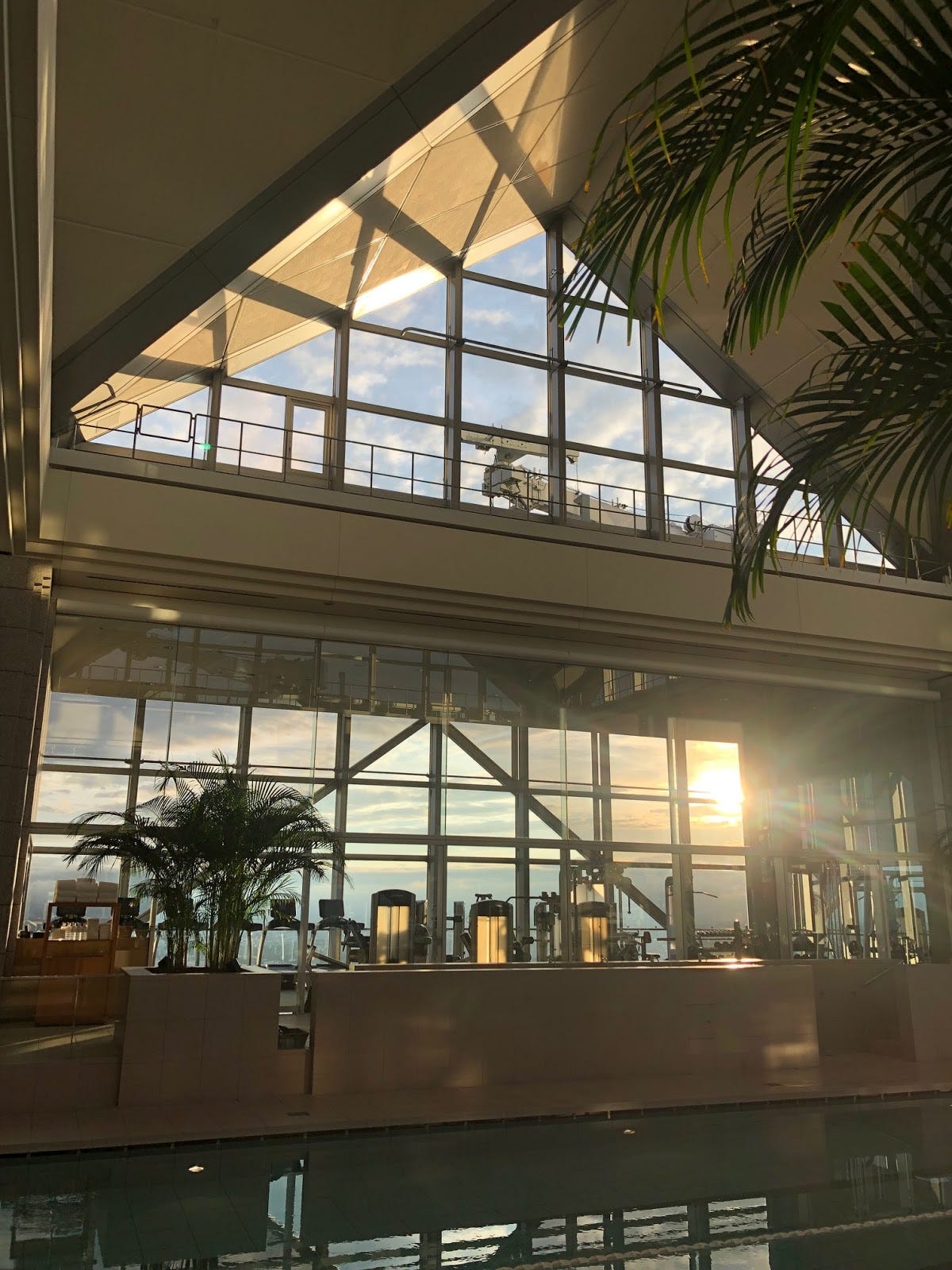
Why is this interesting? - The Surge Protection Edition
On electricity, protection, and life tips
Todd Osborn (TO) is a candidate for WITI’s most interesting man in the world award. He was an Air Force Airman based in Okinawa, speaks Japanese, and is an in-demand DJ and producer (check his superb track Hold Up, here, dub remixed by Hot Chip’s Joe Goddard). He’s also a rare bourbon connaisseur, fixes and flies planes, has fabricated a video game kiosk out of hospital equipment and owns an actual hovercraft. Check the store he runs with his son, Technical Equipment Supply -Colin (CJN)
Todd here. What does a power strip or uninterruptible power supply (UPS) offering “surge protection” mean to you? You see these products in the aisles of Home Depot and Walmart with packaging proudly proclaiming 2,000 joules of protection and you’re left to assume that means everything is safe from here on out. But most people don’t know the difference between a joule, amp, or a watt and assume any protection above zero must be what they need. Manufacturers leave this copy ambiguous, safe in their ability to market what is often a glorified extension cord at a premium price.
That’s not to say well-made surge protectors don’t have their place in a home. But that place is about extending the life of your electronics, not protecting a catastrophic surge. That’s because every time your fridge or AC kicks on (or fluctuations from your power company happen) they can cause small surges that will wear on everything plugged in around your home and can cause failure over time. So, sensitive electronics plugged into a surge strip can suppress these tiny anomalies.
Why is this interesting?
When you're shopping for surge protection, I'd wager that the issues I mentioned are not the first ones on your mind. In fact, many people do not realize those tiny transients are even happening. The scenario the average consumer envisions is a lightning strike-level surge that could destroy equipment in one go or start a fire. But that's not what these strips are intended for. A typical lightning strike will be 30,000 amps and hundreds of thousands of joules (billions in a direct hit!). Now, the actual voltage will be near zero unless something tries to hinder its path. Lightning can only be redirected because any attempt to “block” it will result in a voltage increase and blow through anything on its search for earth ground. (Here’s a quick primer on ground to get you acquainted with the terminology.)
So, if there's a strike near your home and you've constructed a good path, then it will harmlessly dissipate. But if any resistance is met, the amps will turn into destructive volts and result in appliances getting destroyed, power strip “protectors” catching fire, and even structural home damage. This is also the idea behind lightning rods, which is a direct anode into the ground to bypass traveling through your structure. Wood is a bad conductor of electricity, so the voltage goes up and damages the building on its way to earth ground. The surge can travel through your wiring destroying your electronics while searching for an earth ground. It can even jump to well-grounded copper water pipes under the right conditions.
By the time this huge surge encounters your little protector power strip, it's already too far from earth ground and too near your electronics. Your protector strip will try to kick in by triggering the fuse and “valve” that redirects from the hot wire to your outlet ground. This works fine on a small scale but the grounds in your wall outlets are for human safety, not for your appliances. So now this huge spike is directed back to your breaker box and to all your other outlets. For this amount of energy to dissipate safely, you need a low impedance solution before it even makes it to your equipment. That’s why many buildings (but not many homes) have a single-point earth ground right at the point of entry—directly before or after the service box—with a 10-foot grounding anode. The residential equivalent is known as a whole house surge suppressor and can be added to a home for less than $200. They are rated for 60,000 amps minimum and available at any big box store or online. In the event of a huge surge, the energy will be redirected before it even enters your home, absorbed harmlessly by the earth, and all appliances will be protected.
A great power strip surge suppressor has its place in protecting today's sensitive electronics from small transients, but be sure you're using them for the right application and not relying on them for an incident it won't be able to handle. (TO)
Photo of the day: A view we miss: morning at the Park Hyatt Tokyo Gym. Sending our best to our friends there. (CJN)
Quick Links:
A Century of Reading: The 10 Books That Defined the 1990s (NRB)
Was just recently reminded of this fun episode of Bowery Boys, the NYC history podcast: Park Slope and the Story of Brownstone Brooklyn (NRB)
Thanks for reading,
Noah (NRB) & Colin (CJN) & Todd (TO)
—
Why is this interesting? is a daily email from Noah Brier & Colin Nagy (and friends!) about interesting things. If you’ve enjoyed this edition, please consider forwarding it to a friend. If you’re reading it for the first time, consider subscribing (it’s free!).









